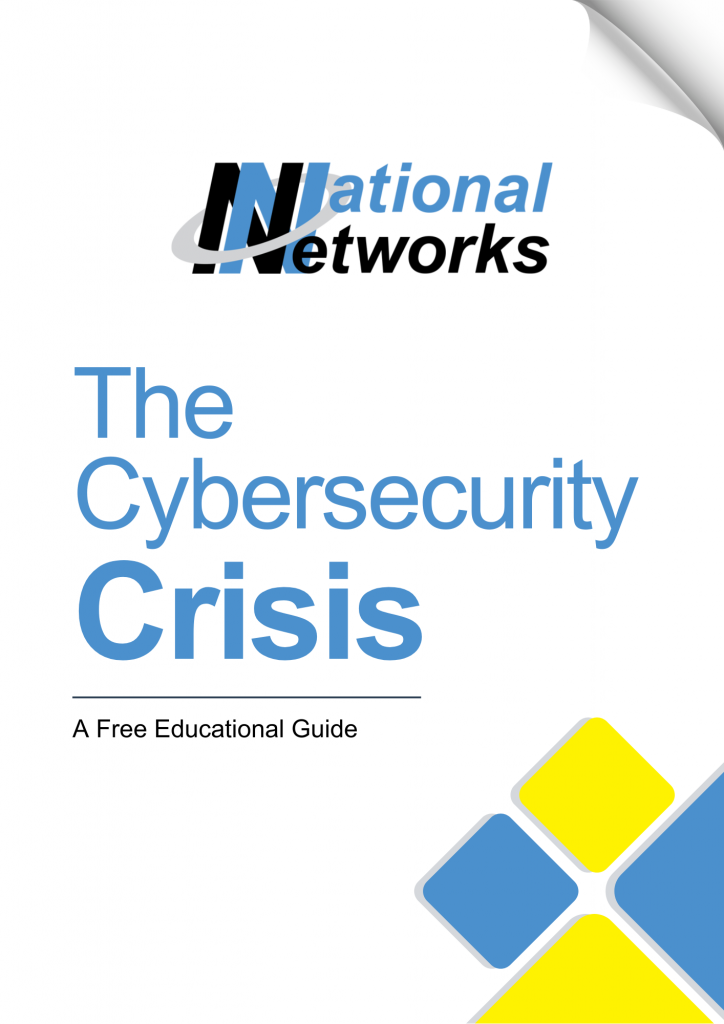 Sending emails helps you communicate with employees, especially remote ones for whom you need to make extra efforts to keep in the loop. You send your workers messages, links, attachments, and invoices containing personal and sensitive company data via emails. But did you know a new Windows Search malware can turn your inboxes into a threat?
Sending emails helps you communicate with employees, especially remote ones for whom you need to make extra efforts to keep in the loop. You send your workers messages, links, attachments, and invoices containing personal and sensitive company data via emails. But did you know a new Windows Search malware can turn your inboxes into a threat?
What Did This Recent Malware Entail?
The recent malware attack capitalized on an age-old phishing email scam in a new and clever way. Traditional phishing emails resemble professional ones from official establishments, tricking you into entering personal login credentials and other information.
However, this new strain of malware originates from a low-volume campaign that resembles an invoice.
Because email security programs and antivirus software usually fail to observe compressed content, the archive goes unnoticed and enters your employees’ inboxes. Upon opening this HTML file, it activates their computer browsers, compelling Windows Explorer to search for an item labeled “Invoice.” But, during the search, the malware renames the item “Downloads,” so your workers think it’s a normal file.
Your employees also see shortcut documents and batch scripts that contain viruses. Running these files encourages further harmful actions. Sadly, because the campaign was short-lived, cybersecurity researchers at Trustwave SpiderLabs could only identify the threat but not acquire the payload to uncover the malware type.
Protecting Your Company From the New Threat
Luckily, as a business owner, you can do plenty to protect customer, employee, and business data from this and other Windows Search malware.
Updating Your Operating System
Updating your operating system is one. Because providers like Google and Apple constantly provide updates with patches on Chrome Extension and more, having an old operating system version leaves you vulnerable to malware and other viruses. The latest tools in updated firewalls and firmware protect your business against evolving threats.
Installing Security Software
With constant cybersecurity research always delving into new threats and antivirus and anti-malware regularly evolving, it’s safe to say these security software programs are the best line of defense. They block suspicious files from entering your database and threatening company information and help identify and remove malware already in your system.
Training Employees
Sometimes, a program doesn’t supply protection since human intelligence can spot risks that override your security system. With regular security training sessions, you can teach employees about new threats to remain aware and vigilant about not falling victim to them.
For instance, they can learn to identify suspicious emails and links to avoid clicking on them. They can also scan all downloads with antivirus software and refuse to run programs that don’t have an identifiable origin. Always thinking twice before you click is a good rule of thumb.
While there isn’t much to go off of when protecting your business against this recent Windows Search malware, simply implementing the above measures and more can keep your livelihood safe.

